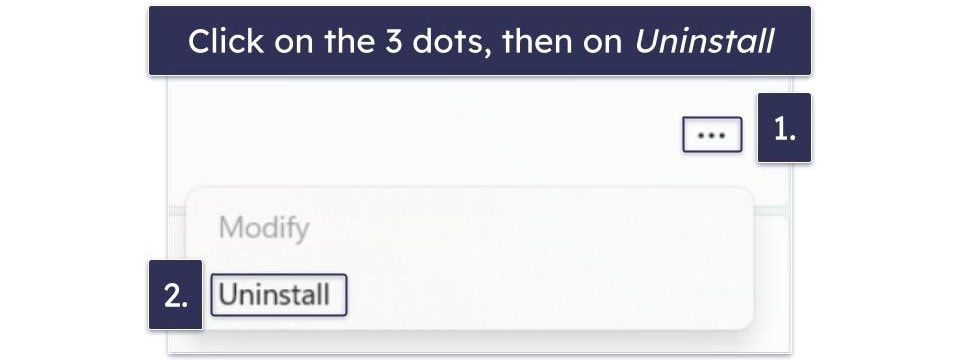Ninja Gaiden: Ragebound is out today, and people are really enjoying it.
I awarded the game a score of 8.5 out of 10 in my own review, highlighting how “level design and ninja power-fantasy gameplay reminded me why this series became beloved in the first place.”
It currently sits at an aggregate score of 86 on OpenCritic, too.
The warm reception of Ninja Gaiden: Ragebound can be traced to developer The Game Kitchen’s roots with another video game series: Blasphemous.
I spoke to Ninja Gaiden: Ragebound director and producer David Jaumandreu at Summer Game Fest earlier this year, and during that interview, he broke down how The Game Kitchen’s work on Blasphemous and its sequel directly influenced the studio’s work with Ninja Gaiden: Ragebound.
Ninja Gaiden: Ragebound owes its existence to Blasphemous
The connection goes deeper than the series’ reputation
The Game Kitchen is a Spanish game studio that made a name for itself with the successful Kickstarter campaign and release of the Soulslike Blasphemous.
That game was a dreary, difficult Metroidvania title with religious themes that captivated players and received ample critical acclaim upon its release in 2019.
The studio followed it up with another well-received sequel in 2023.
Jaumandreu explained that its efforts with those Blasphemous games caught the attention of Dotemu, a publisher known for backing indie-scale retro-inspired titles.
“Dotemu was a fan of the Blasphemous series, and they managed to secure the license for Ninja Gaiden. They asked us if we were interested, and boy, we were.”
From that point onward, work on what would become Ninja Gaiden: Ragebound began.
While the reputation of the Blasphemous series might have helped The Game Kitchen get this gig, the connection goes deeper than that.
At a glance, Ninja Gaiden: Ragebound’s silky-smooth animations in a 16-bit-like art style and difficult boss fights all hearken back to the Blasphemous games.
Jaumandreu credits all that to the work on the Blasphemous games that The Game Kitchen was able to utilize with this new title.
From Blasphemous 1 to Blasphemous 2, there was a huge improvement on the pixel art and the art pipeline, especially for animations. We’ve gotten so much more effective in being able to create better animations in a shorter period of time more efficiently.
In terms of programming and the code, the code base shares a lot of stuff. Even though they’re very different games, underlying that there’s a lot of common technology and knowledge we’ve applied.
It’s a testament to how studios can succeed when given the space to refine their development tools and become an expert at a certain kind of game.
That said, even though they’re action-platformers, they do differ in some key ways.
Ninja Gaiden: Ragebound takes the core of Blasphemous in a different direction
Fast-paced action in linear levels rather than a slow-paced Metroidvania
At its core, Ragebound is a game about learning enemy patterns, mastering the timing of certain powerful abilities, and having the wherewithal to withstand some more enemies.
All of that could be said about the Blasphemous games as well, but they do things at a much slower pace.
That slow pace is something The Game Kitchen wanted to avoid with Ragebound, with Jaumandreu explaining that the developers “really wanted to respect the roots and the quickness of the action in the 2D and 3D Ninja Gaiden series.”
Ultimately, The Game Kitchen created something that’s a melding of Ninja Gaiden’s 2D and 3D roots with Blasphemous.
Ragebound takes the development tools and expertise from Blasphemous, the “hack-and-slash action that keeps you moving forward all of the time” from the 2D NES Ninja Gaiden game, and the “feats of skill, impressive fights, and gore” from the 3D Ninja Gaiden titles and melds it into something that is “true to the NES ones but brought up to modern standards,” according to Jaumandreu.
The other major difference comes in Ragebound’s approach to difficulty.
Outside of boss fights, it’s not nearly as difficult as Blasphemous or any of the other Ninja Gaiden games it is inspired by.
Jaumandreu explained that The Game Kitchen wanted to balance difficulty so it was easy to learn but had a high ceiling.
That’s done through assist mode options that can make the game easier for struggling players, as well as special items that can be bought in an in-game store for players who want more of a challenge.
From my personal experience with Ragebound, The Game Kitchen struck a perfect balance in how it approached difficulty.
Ninja Gaiden: Ragebound is The Game Kitchen’s best game yet
The best of both worlds
With Ragebound, The Game Kitchen used its expertise from Blasphemous to create something that looked just as gorgeous and felt just as good to play, but wasn’t restricted by the limitations of the Soulslike genre.
Meanwhile, the most memorable elements from the 2D and 3D Ninja Gaiden games also have influence on display with Ragebound, but without any of the dated aspects that can make those older games harder to revisit.
In retrospect, my interview with David Jaumandreu at Summer Game Fest reveals why Ragebound works so well. It’s a celebration of what both The Game Kitchen and the Ninja Gaiden series have done before.



